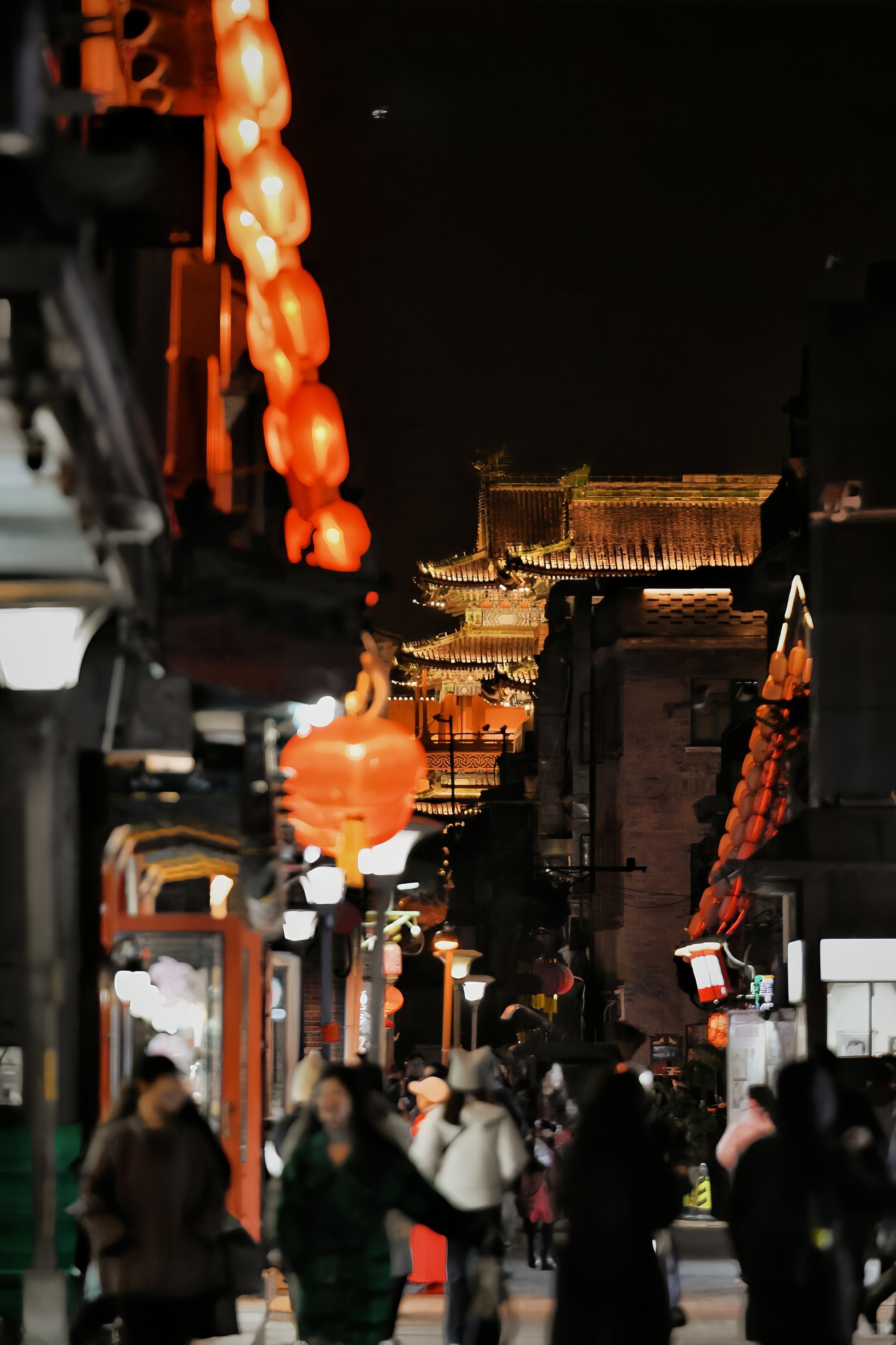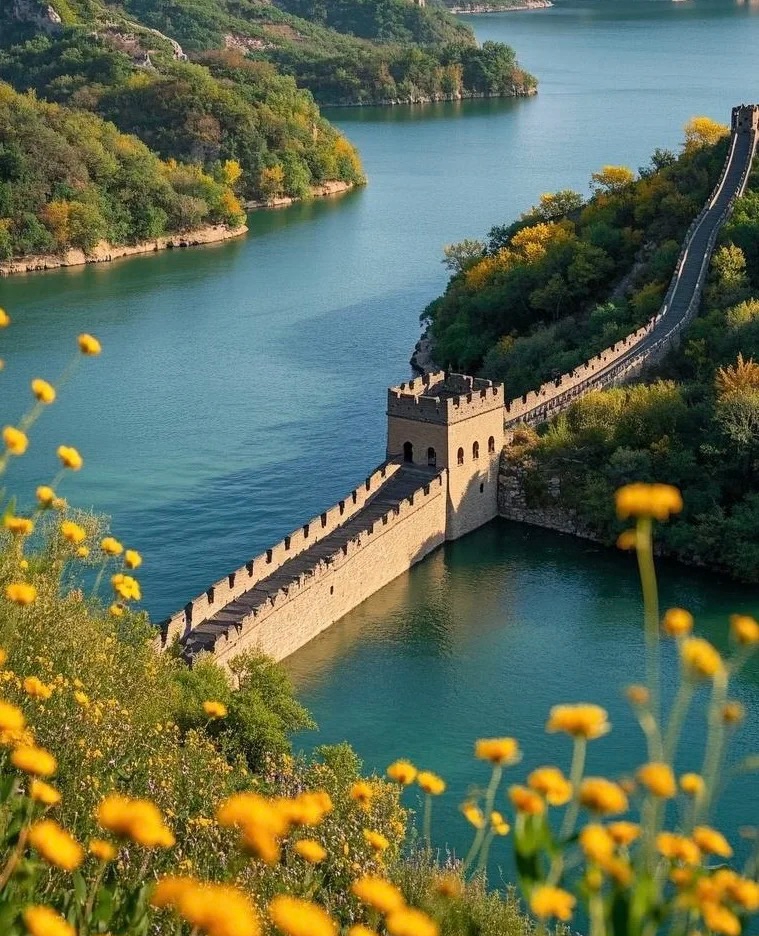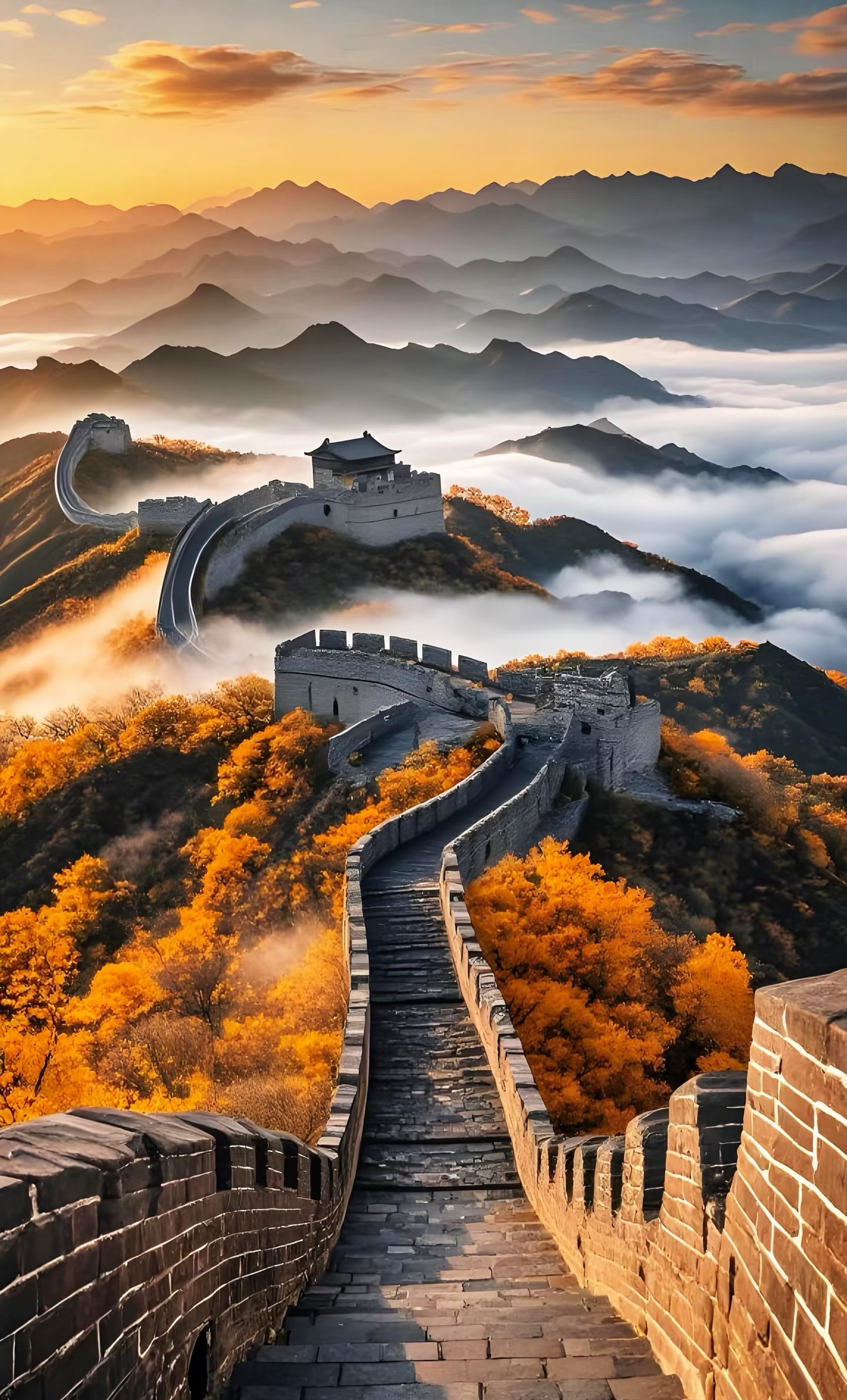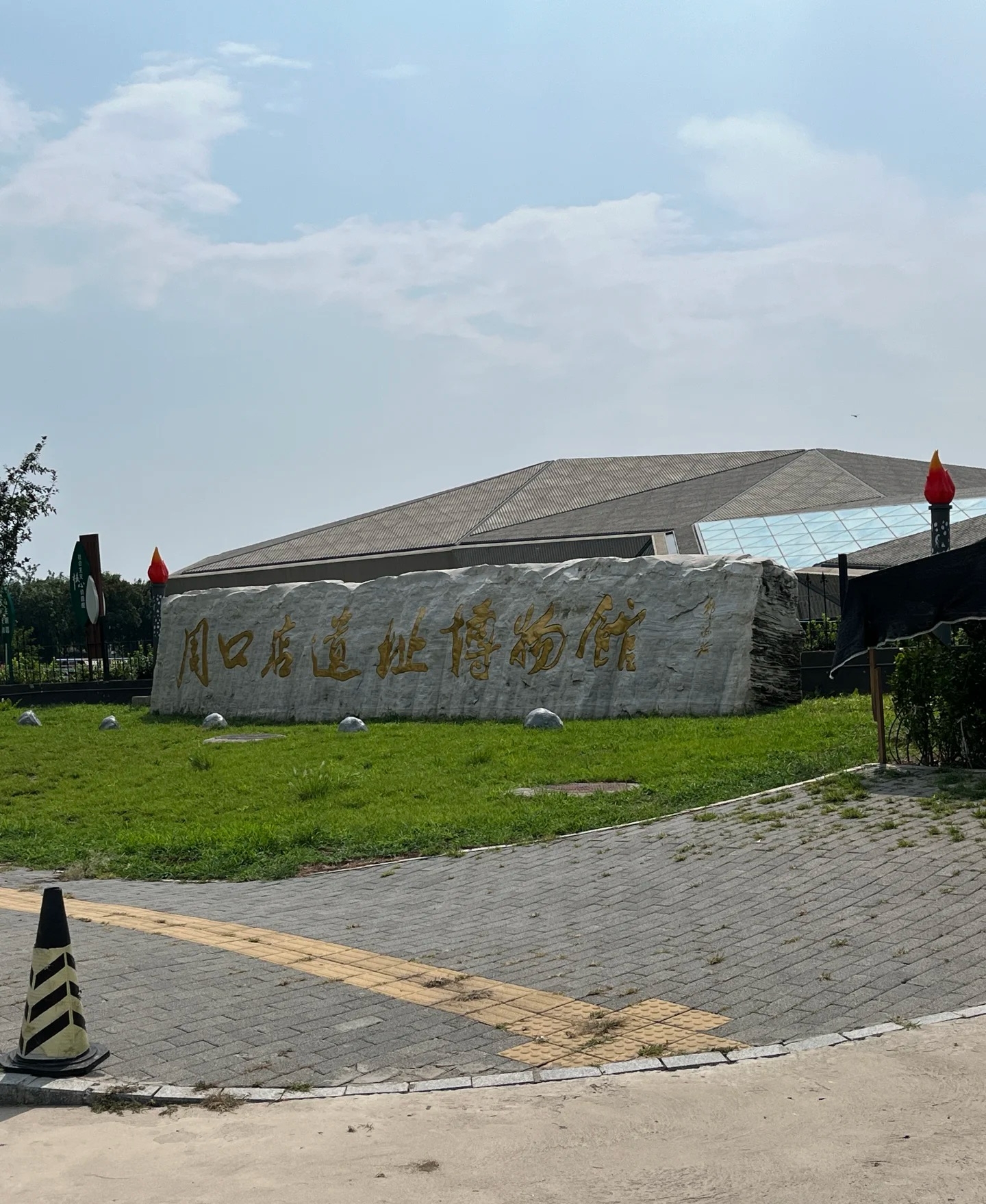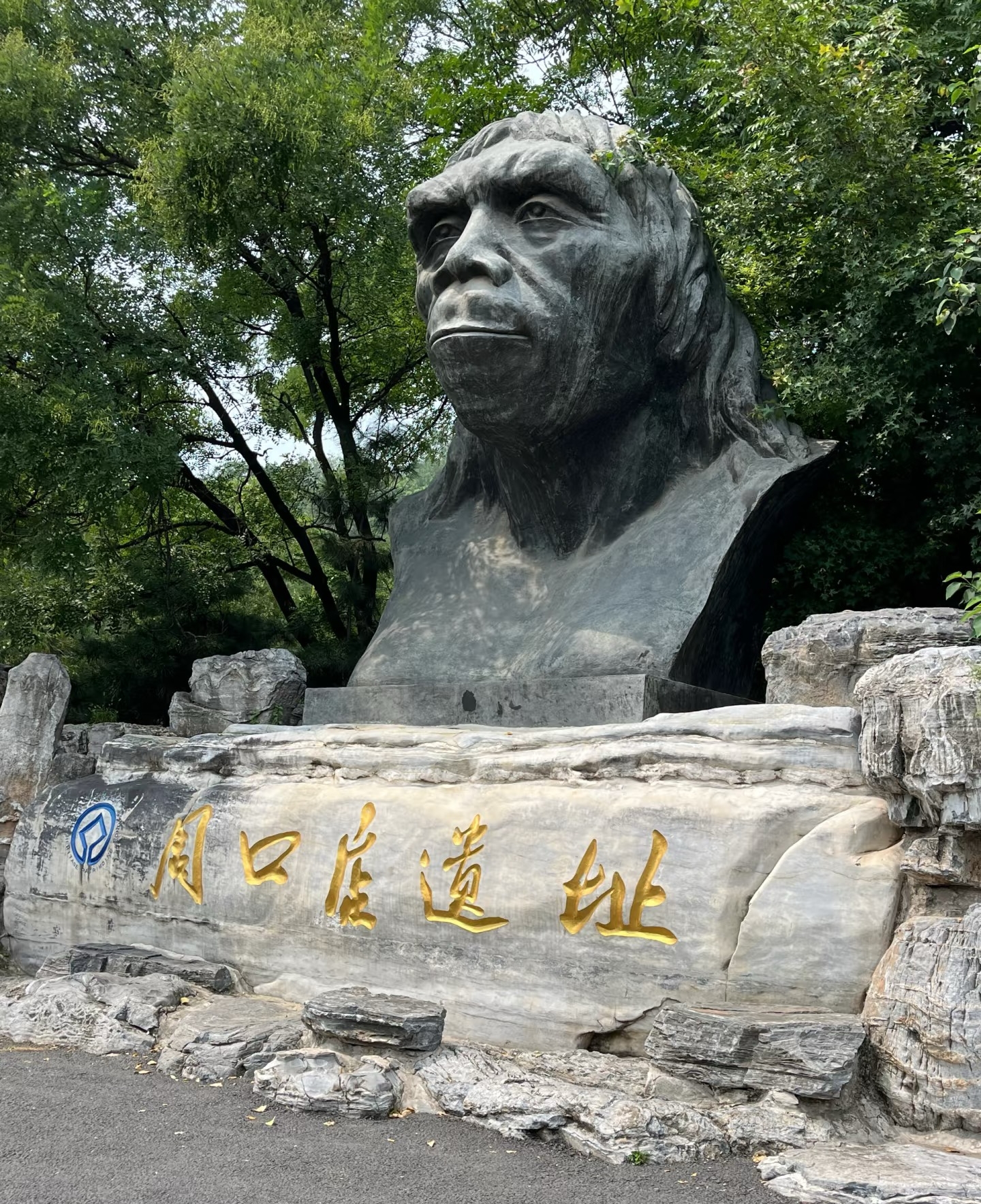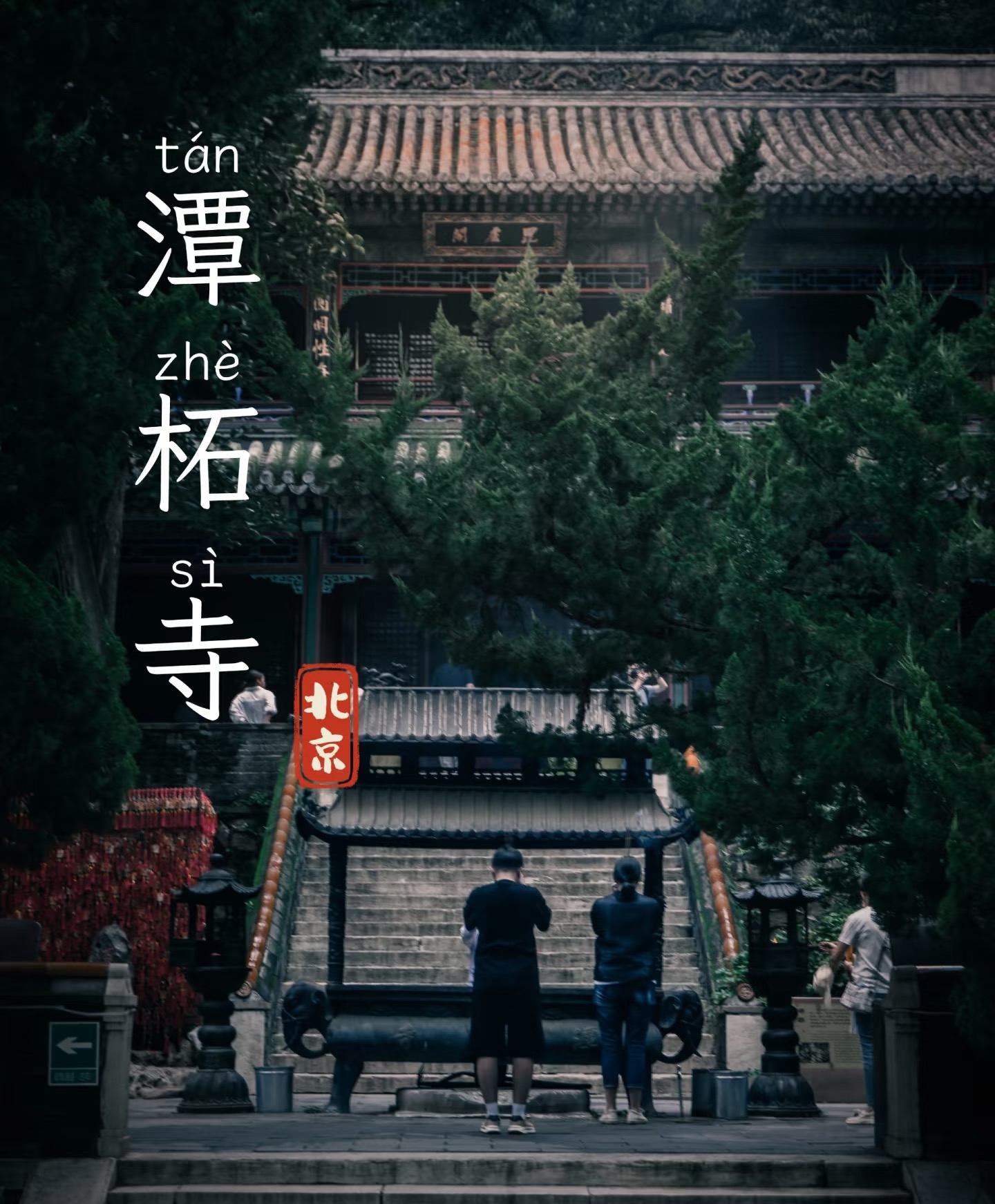

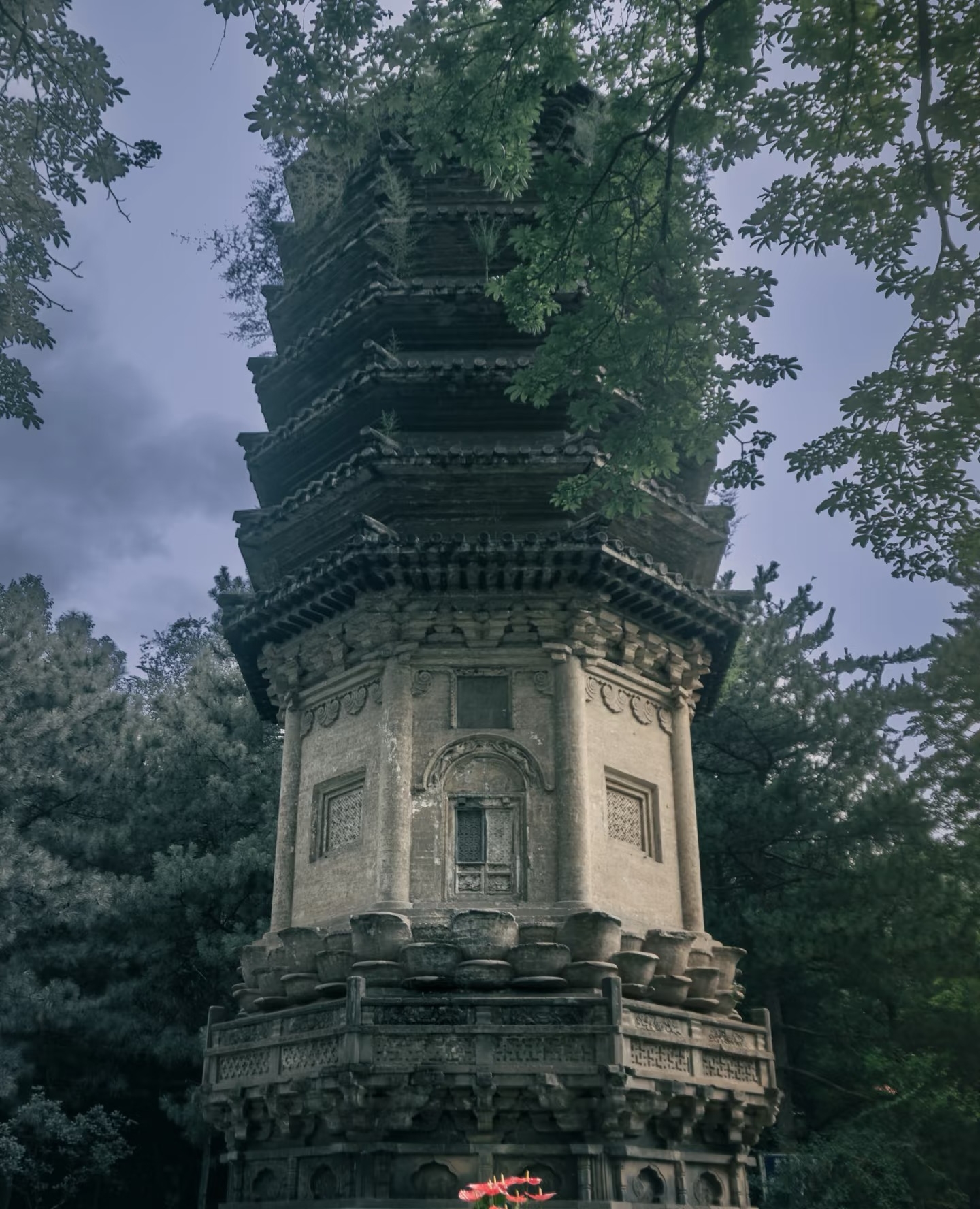
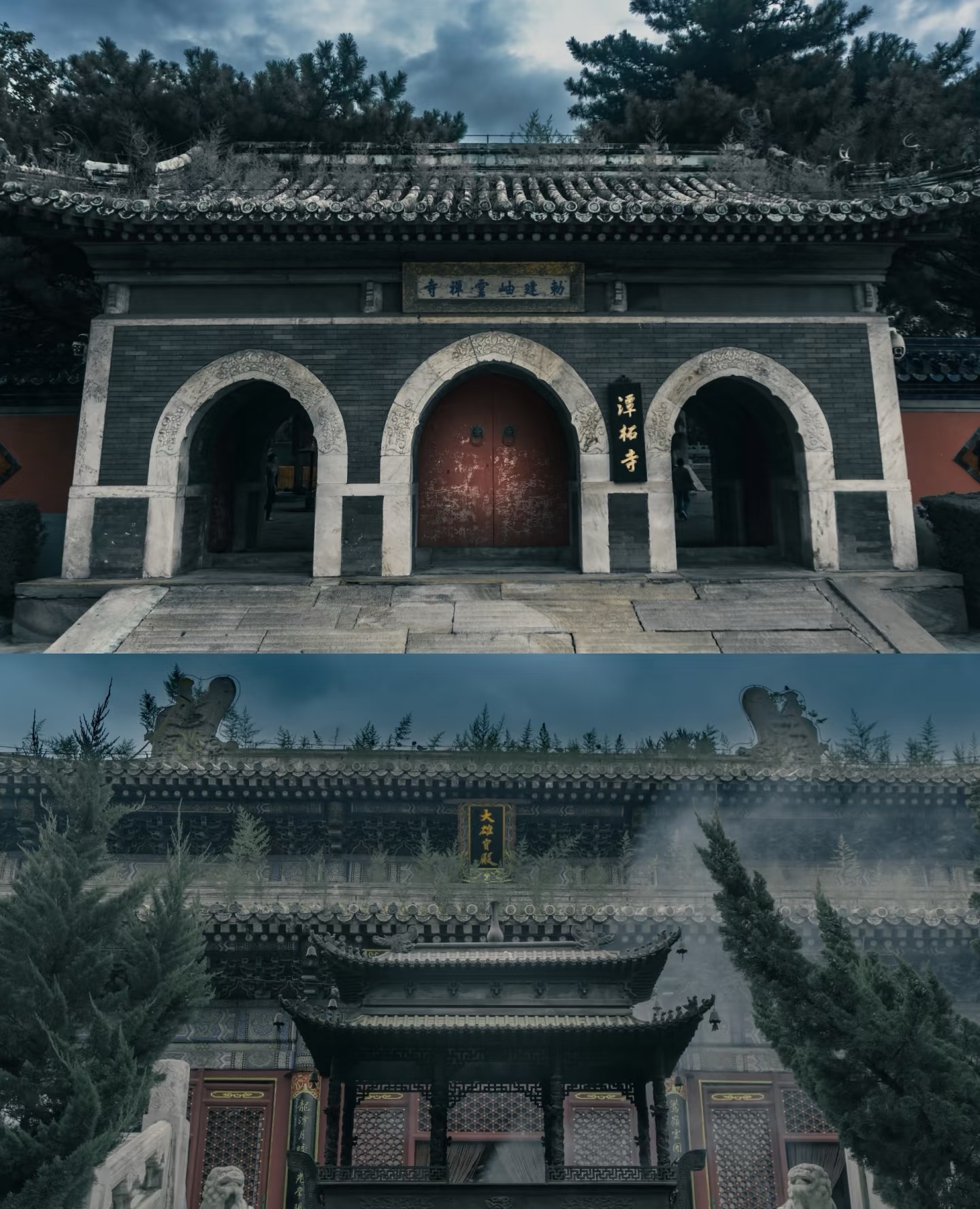
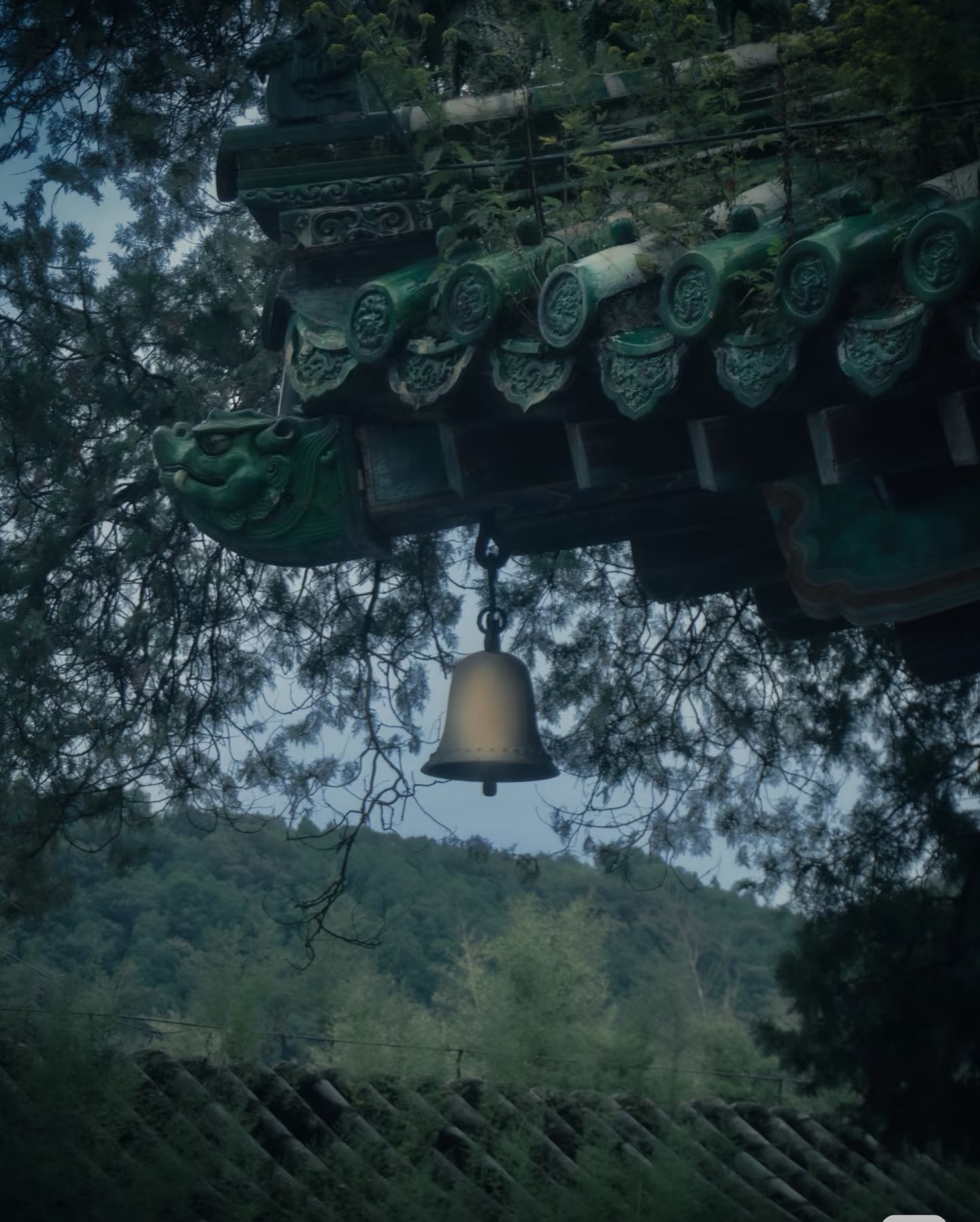
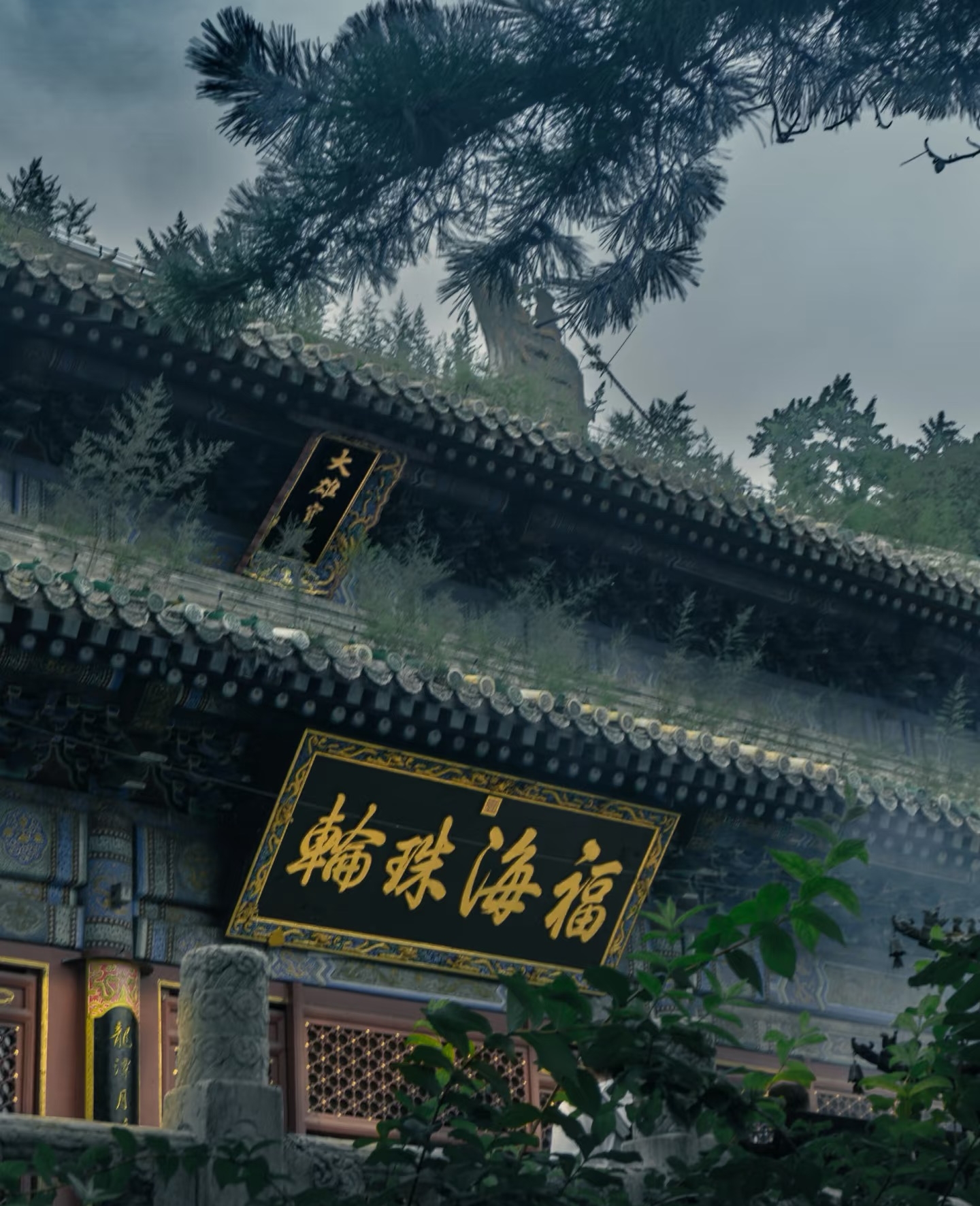
Tanzhe Temple
Tanzhe Temple, with a history of over 1,700 years, is one of the oldest and most significant Buddhist temples in Beijing. Located in the Western Hills about 30 kilometers from downtown Beijing, it was founded during the Jin Dynasty. The temple complex covers 24,000 square meters and features magnificent halls, pavilions, and pagodas set against a backdrop of mountains and forests. It is known for its ancient ginkgo trees, some over 1,000 years old, and its collection of cultural relics.
Information
Ticket price
Time
Location
Tanzhesi Town, Mentougou District, Beijing, China
View maps
More about the trip
Tanzhe Temple: Beijing's Oldest Buddhist Sanctuary
Tanzhe Temple, with a history of over 1,700 years, is one of the oldest and most significant Buddhist temples in Beijing. Located in the Western Hills about 30 kilometers from downtown Beijing, it was founded during the Jin Dynasty. The temple complex covers 24,000 square meters and features magnificent halls, pavilions, and pagodas set against a backdrop of mountains and forests. It is known for its ancient ginkgo trees, some over 1,000 years old, and its collection of cultural relics, offering a serene and spiritual retreat.
What to See and Do
Explore the Temple Complex: Wander through the various halls, including the Mahavira Hall, the Hall of Heavenly Kings, and the Guanyin Hall. Admire the traditional Buddhist architecture, intricate carvings, and serene atmosphere.
Ancient Ginkgo Trees: The temple is famous for its two ancient ginkgo trees, one male and one female, both over 1,000 years old. They are particularly stunning in autumn when their leaves turn golden, creating a breathtaking spectacle.
Pagoda Forest: Discover a collection of ancient pagodas, which are burial sites for eminent monks, showcasing various architectural styles from different dynasties.
Natural Scenery: The temple is nestled amidst lush mountains and forests, providing a peaceful and refreshing environment for a stroll. You can enjoy the tranquility and fresh air.
Cultural Relics: The temple houses a collection of valuable cultural relics, including ancient Buddhist scriptures, statues, and artifacts, offering insights into its long history.
Observe Monastic Life: As an active temple, you might observe monks going about their daily rituals, chanting, and performing ceremonies, offering an authentic glimpse into Buddhist practice.
Best Time to Visit
Spring and autumn offer the most pleasant weather. Autumn (late October to early November) is particularly popular for viewing the golden ginkgo leaves. Weekdays are generally less crowded than weekends and public holidays.
How to Get There
Tanzhe Temple is located in Mentougou District. You can take Metro Line 1 to Pingguoyuan Station (苹果园站) and then transfer to Bus 931 directly to Tanzhe Temple. A taxi or ride-hailing service is also convenient.
Travel Tips
Wear comfortable shoes: You'll be doing a lot of walking and climbing stairs.
Dress modestly: As a religious site, it's respectful to dress modestly, covering shoulders and knees.
Allow ample time: Plan for at least 2-3 hours to explore the temple and its grounds thoroughly.
Enjoy the tranquility: The temple offers a peaceful escape, so take your time to relax and soak in the spiritual atmosphere.

